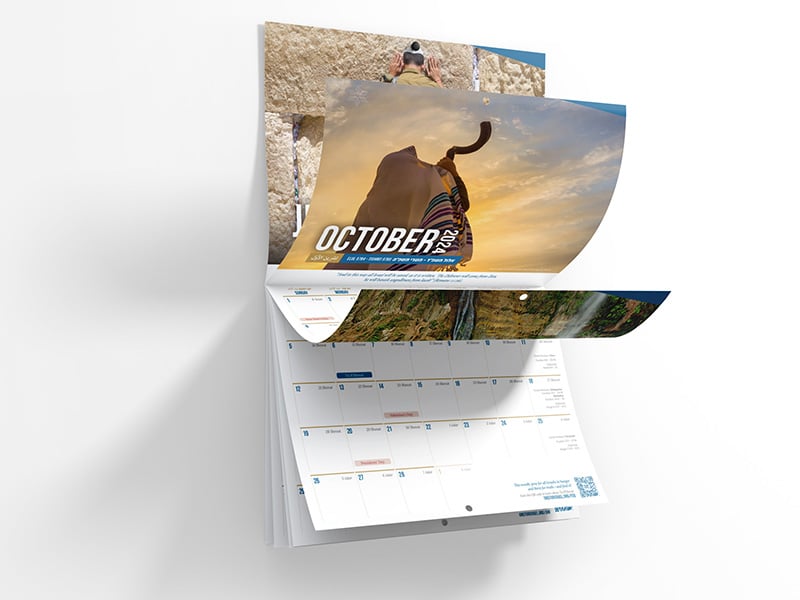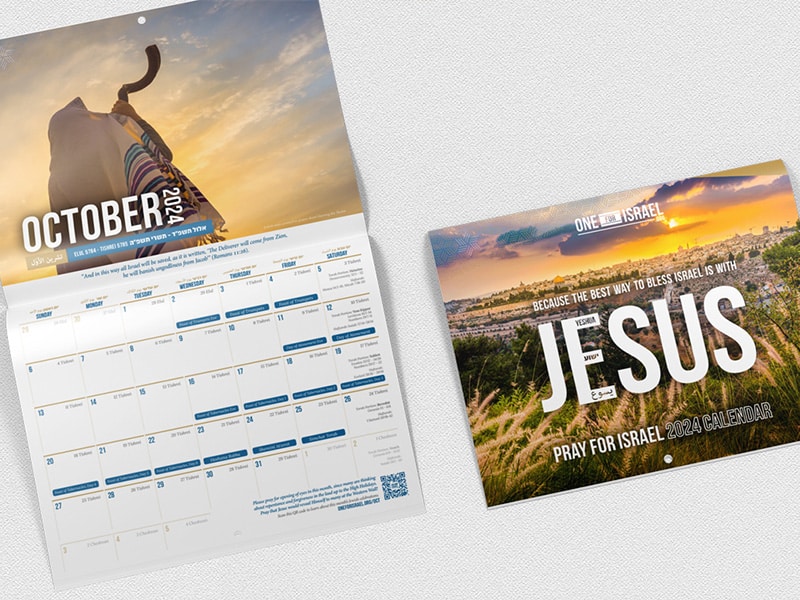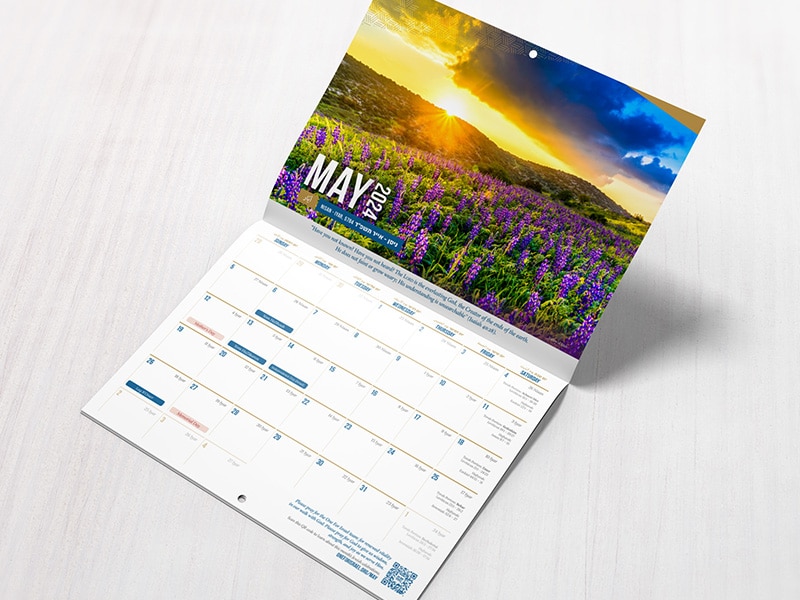This little lump of charcoal is a fragment of a scroll which was found in 1970 near the Dead Sea, at a place called Ein Gedi. It was found in a burnt out synagogue that was destroyed in the late sixth century. But no one could read it – until just recently.
“You must be joking!” Exclaimed Pnina Shor, head of Israel Antiquities Authority’s Dead Sea Scrolls preservation lab in Jerusalem. The idea of reading that charred lump seemed a wish too far even in high-tech Israel, but new technology has enabled experts to make a 3D scan of the document and electronically “unscroll” it. The charred scroll hadn’t been read for 1500 years!
“Not only were you seeing writing, but it was readable,” said William Brent Seales, the researcher at the University of Kentucky who received the images. “At that point we were absolutely jubilant.”1
The Israel Antiques Authority described their “Great surprise and excitement when the first 8 verses of the Book of Leviticus suddenly became legible”…
The Lord summoned Moses and spoke to him from the tent of meeting, saying: Speak to the people of Israel and say to them: When any of you bring an offering of livestock to the Lord, you shall bring your offering from the herd or from the flock. If the offering is a burnt offering from the herd, you shall offer a male without blemish; you shall bring it to the entrance of the tent of meeting, for acceptance in your behalf before the Lord. You shall lay your hand on the head of the burnt offering, and it shall be acceptable in your behalf as atonement for you. The bull shall be slaughtered before the Lord; and Aaron’s sons the priests shall offer the blood, dashing the blood against all sides of the altar that is at the entrance of the tent of meeting. The burnt offering shall be flayed and cut up into its parts. The sons of the priest Aaron shall put fire on the altar and arrange wood on the fire. Aaron’s sons the priests shall arrange the parts, with the head and the suet, on the wood that is on the fire on the altar. (Leviticus 1:1-8)
The scroll was a tiny piece of the first chapter of Leviticus, and is the oldest discovery of a Hebrew Biblical text since the Dead Sea Scrolls, and the oldest ever found within a synagogue.
In a way it’s nothing new – the Leviticus text is exactly the same as the one in my Hebrew Bible today. And yet, this is the most astonishing thing – the text is exactly the same. This shows that the accusations flung from other faiths that the Biblical text has been corrupted are untrue: we have yet more proof that it hasn’t changed in 1500 years!
About a year ago Merkel Technologies Company, Ltd. Israel, offered their professional help to scan other documents such as fragments of the Dead Sea Scrolls using means of a Micro-CT scanner. This charred scroll was included in the scanning process, and the 3D scans were then sent to Professor Seales who developed a digital imaging software which allows to virtually unroll the scroll and visualize the text. Although the Ein Gedi synagogue was excavated many years ago in the 1960s and the scroll discovered in the 70s, only now have we been able to know what it says.2
Is Leviticus still relevant today?
It’s interesting to think about the contents of the book of Leviticus, which has been in the news lately for rather less noble reasons; it has been repeatedly mocked by gay activists and supporters, likening the eating of shellfish with homosexuality as ridiculous and defunct rules from a primitive era. An era that they feel we should feel free to dispose of, and would do well to rid ourselves of.
But Leviticus is a fantastic book! The laws in it not only tell us about what God is like and how he wants us to behave morally (with holiness, purity, generosity, honesty, and so on) but it also teaches us so much about God’s heart, and his purposes for the whole world.
Leviticus not only outlines the sacrificial system for us in detail, which points to, and is ultimately fulfilled by Yeshua, but it also provides the framework of the Jewish feasts, which some have called “God’s time clock”. The former spring feasts point to Yeshua’s first coming; his death, resurrection and the sending of the Holy Spirit, and the latter feasts in the fall speak of his second coming – the shout of the trumpet, the Day of Atonement and God coming to “tabernacle” with us at the end of days. Keeping an eye on Israel and God’s given structure to the Jewish year is becoming more and more relevant, even as many Christians are starting to turn their back on Israel.
Leviticus has so many treasures to find in it – it is in no way defunct or irrelevant! On the contrary, it’s as relevant and alive today as it ever was, and will continue to be in the future.
The word of God is living and active, as it says in Hebrews 4:12. A piece of scroll unearthed from the sixth century can speak directly and powerfully into our lives and situation even today. It is grievous to hear non-believers mock the Bible, and even more tragic that many believers feel embarrassed by books like Leviticus. However, just as this little burnt offering of a sixth century scroll speaks of the sacrifice and blood that take away sin (“and it shall be acceptable in your behalf as atonement for you”) Yeshua’s sacrifice is the acceptable atonement to take away the sin of all who come to him in repentance. Please pray with us that many who hear the news in this little scroll have ears to hear, and come to appreciate God’s once and for all sacrifice in Yeshua the Messiah.
[1] Independent, Scientists Finally Read the Oldest Biblical Text Ever Found














